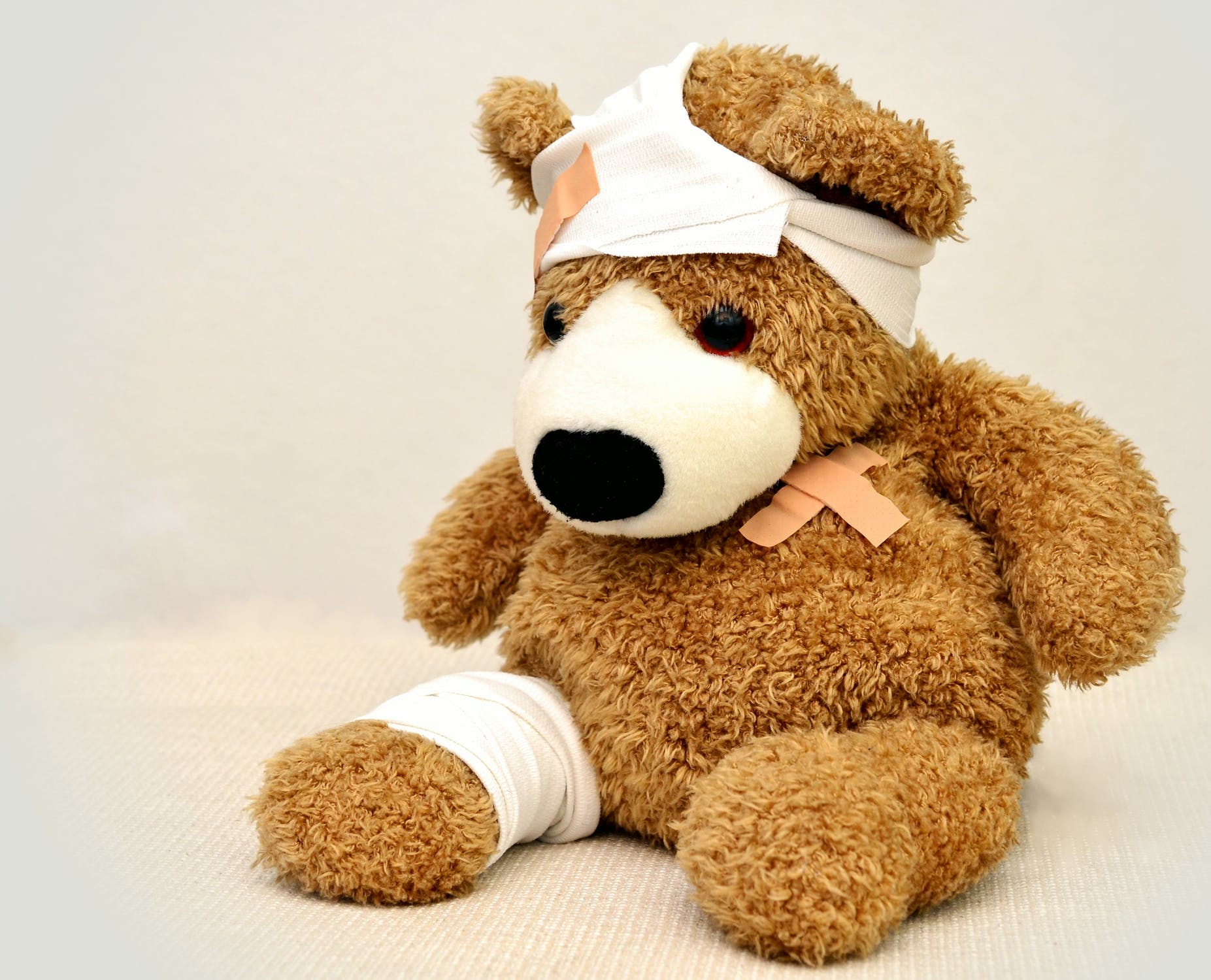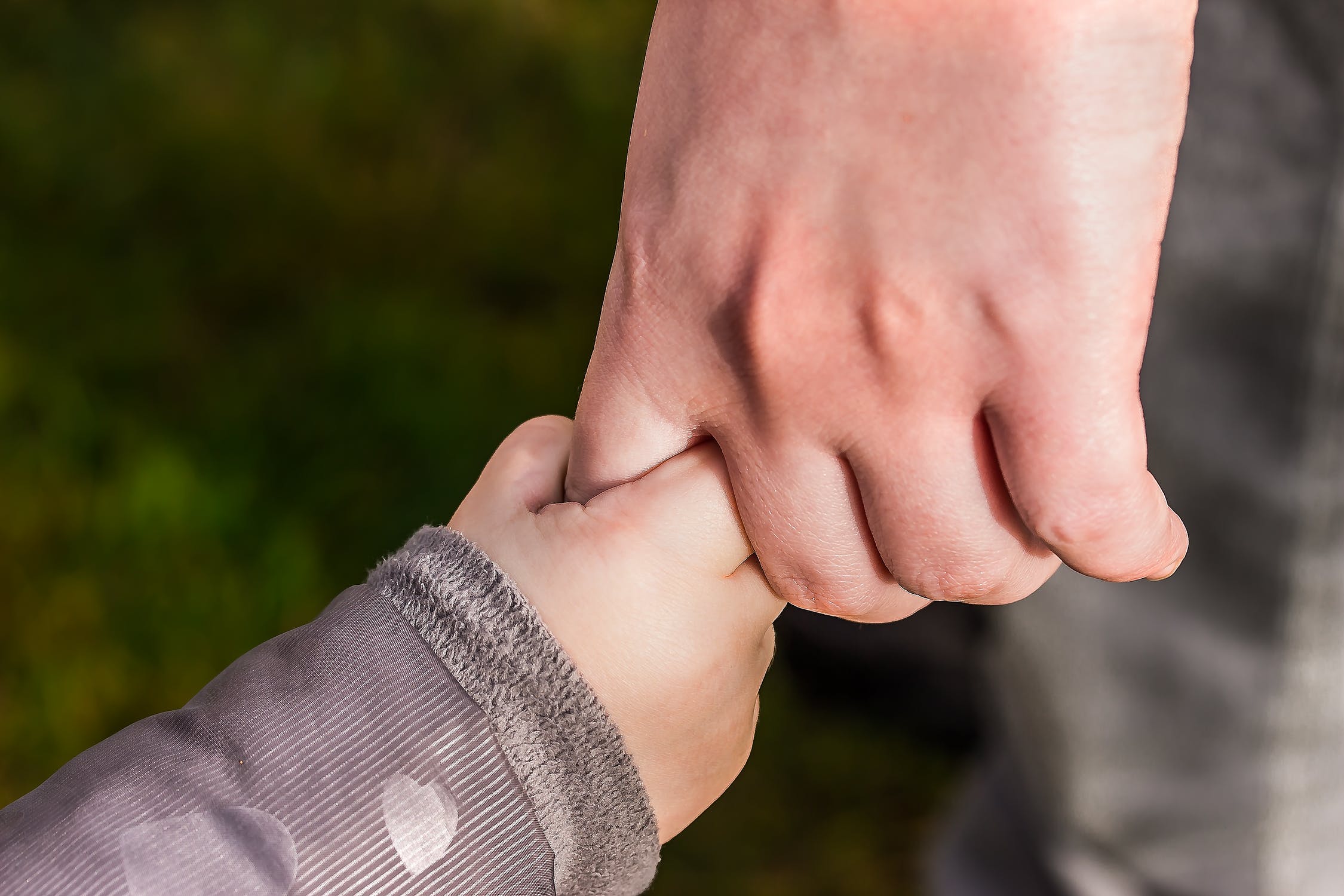About
NF Type 1
This page contains information about Neurofibromatosis Type 1!
NF
Type 1
Previously, NF1 was known as peripheral neurofibromatosis (or von Recklinghausen’s neurofibromatosis) because some of the symptoms–skin spots and tumors–seemed to be limited to the outer nerves, or peripheral nervous system, of the affected person. This name is no longer technically accurate because central nervous system tumors are now known to occur in NF1.
In diagnosing NF1, a physician looks for two or more of the following:
Signs &
Symptoms
* The following list is for informational purposes only, and is not meant to act as a diagnosis. If you have two or more of the following symptoms, please contact your doctor for a proper assessment.
Five or more light brown skin spots (cafe-au-lait macules) measuring more than 5 millimeters in diameter on patients prior to puberty or more than 15 millimeters across on adults and children who have reached puberty;
Two or more neurofibromas (tumors that grow on a nerve or nerve tissue, under the skin) or one plexiform neurofibroma (involving many nerves);
Freckling in the armpit or groin areas;
Benign growths on the iris of the eye (known as Lisch nodules or iris hamartomas);
A tumor on the optic nerve (optic glioma);
Severe scoliosis (curvature of the spine);
A parent, sibling, or child with NF1.
When do
symptoms appear?
Symptoms, particularly those on the skin, are often evident at birth or during infancy, and almost always by the time a child is about 10 years old. Neurofibromas become evident around 10 to 15 years of age.
In most cases, symptoms are mild and patients live normal and productive lives. In some cases, however, NF1 can be severely debilitating. Symptoms and severity of the disorder may vary among members of affected families.
When do
symptoms appear?
Symptoms, particularly those on the skin, are often evident at birth or during infancy, and almost always by the time a child is about 10 years old. Neurofibromas become evident around 10 to 15 years of age.
In most cases, symptoms are mild and patients live normal and productive lives. In some cases, however, NF1 can be severely debilitating. Symptoms and severity of the disorder may vary among members of affected families.
How is it
treated?
Treatments are presently aimed at controlling symptoms. Surgery can help some bone malformations. For scoliosis, bone surgery may be combined with back braces.
Surgery can also remove painful or disfiguring tumors. There is a chance, however, that the tumors may grow back and in greater numbers. In the rare instances when tumors become malignant (3 to 5 percent of all cases), treatment may include surgery, radiation, or chemotherapy.
Are there
prenatal tests?
Genetic testing is available for families with documented cases of NF1 and NF2. Genetic analysis can be used to confirm clinical diagnosis if the disease is a result of familial inheritance. New (spontaneous) mutations cannot be confirmed genetically.
Prenatal diagnosis of familial NF1 or NF2 is also possible utilizing amniocentesis or chorionic villus sampling procedures. Genetic counselors can provide information about these procedures and offer guidance in coping with the neurofibromatoses.
Are there
prenatal tests?
Genetic testing is available for families with documented cases of NF1 and NF2. Genetic analysis can be used to confirm clinical diagnosis if the disease is a result of familial inheritance. New (spontaneous) mutations cannot be confirmed genetically.
Prenatal diagnosis of familial NF1 or NF2 is also possible utilizing amniocentesis or chorionic villus sampling procedures. Genetic counselors can provide information about these procedures and offer guidance in coping with the neurofibromatoses.





